Wǔchāng Temple 武昌宮 is one of many remnants of the devastating 921 Earthquake, which ripped through central Taiwan on September 21st, 1999, toppling tens of thousands of buildings and claiming nearly 2,500 lives. Located in the rural township of Jiji in Nantou, less than five kilometers from the epicenter of the magnitude 7 quake, this temple was destroyed mere months after it was completed. Rather than clear the debris, the damaged structure was left more or less as it was the morning after it collapsed, and a new temple with the same name was built in front. Nowadays this ruined temple is a popular roadside attraction and a prime example of disaster tourism in Taiwan.
The history of this particular temple stretches back to 1923 but the land it now occupies was not donated until 1990. Construction began shortly thereafter and the temple was consecrated and opened to the public in early 1999. The primary god venerated here is the immortal Xuán Wǔ 玄武 (literally “dark warrior”), a deity previously described in my post about Héngwén Temple 衡文宮 in nearby Yuanlin. He is commonly depicted subduing a pair of monsters, a turtle and a snake collectively known as the Black Tortoise in English. On my first visit to the site there was a statue of Xuan Wu and a wishing well1 in front of the ruined temple; look closely at the god’s feet and you’ll see the snake and turtle.
Since the earthquake struck in the dead of night nobody was harmed in the collapse of the temple—but several gods were trapped inside the main hall. After the collapse a search party was organized to enter the ruins—and the idols were “rescued” and relocated to a temporary structure to await the construction of a new, hopefully more permanent dwelling place.
The idols enshrined in Taiwanese temples are physical manifestations of specific deities, portals through which a god perceives the mortal realm, but they also possess individual qualities and lead lives of their own. These statues aren’t mere hunks of wood and metal—they regularly visit their friends in other temples, watch puppet shows and other more lascivious forms of entertainment, and receive offerings suited to their divine needs and origin stories. And in this instance, three of the most important idols rescued from the ruins of Wuchang Temple subsequently underwent a transformation: their beards grew with each passing year, evidently animated by surviving the disaster. Word spread after this “miracle” was observed and people came from all over Taiwan to pray and donate to the reconstruction project.
Wuchang Temple underwent a dramatic reversal of fortunes in the years after the quake. With donations pouring in, an opulent new temple was erected next to the ruins of the old. I visited the temple twice in 2014, not long after it opened to the public2, and was amused by the carnival atmosphere. LED lights were haphazardly draped across the ruins, presumably to illuminate them after dark, and a huge blow-up rubber duck was installed in the parking lot. As if a collapsed temple wasn’t enough of a draw—they had to jump on the duck mania bandwagon as well3.
On the left side of the main hall a small shrine to Cái Shén 財神, the God of Wealth, caught my eye. Stepping inside, you’ll find a large golden sycee (Mandarin Chinese: yuánbǎo 元寶), a traditional Chinese ingot. While making a donation, supplicants rub the top of the ingot, which explains its polished appearance. Whether anyone got rich by praying here is unknown to me—but the temple certainly seems to be doing pretty well.
No visit to the quaint tourist town of Jiji is complete without at least a quick stop at Wuchang Temple. It is prominently marked on Google Maps so you should have no trouble finding it. Apart from the collapsed school on the site of the 921 Earthquake Museum this is probably the most dramatic reminder of a disaster that completely reshaped Taiwan.
- It wasn’t immediately obvious what this was until I translated the Chinese (xǔyuànchí 許願池). Somewhat confusingly, this is also the name of the Fontana di Trevi in Rome. On subsequent visits this structure was relocated or removed—I’m not entirely sure where it ended up. ↩
- If you’re curious about what this temple looked like prior to completion, this post documents the situation in Chinese (with numerous photos, including several showing how much the beards of the gods have grown over the years). This post also features some photos from around the same time. For more great coverage of this ruin (in English this time), check out this post from Josh Ellis. ↩
- This was an ode to Rubber Duck, a public art installation by Florentijn Hofman, which arrived in Taiwan in late 2013. This set off a frenzy of interest that only began to wane by late 2014. ↩
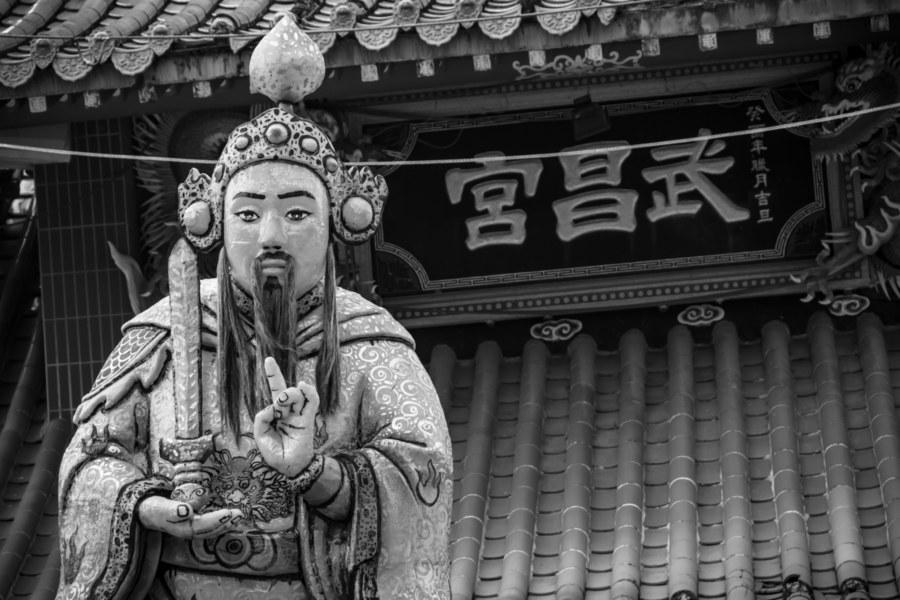
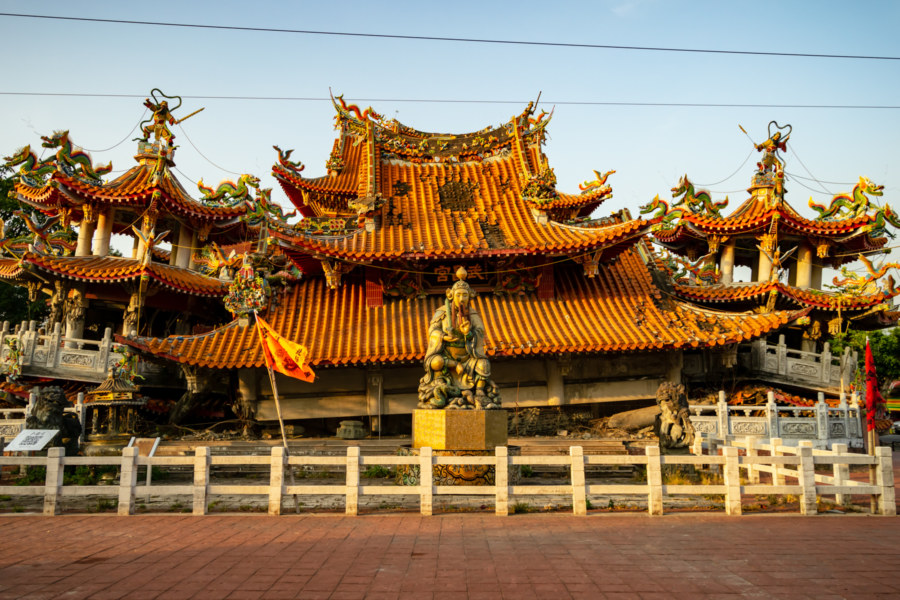
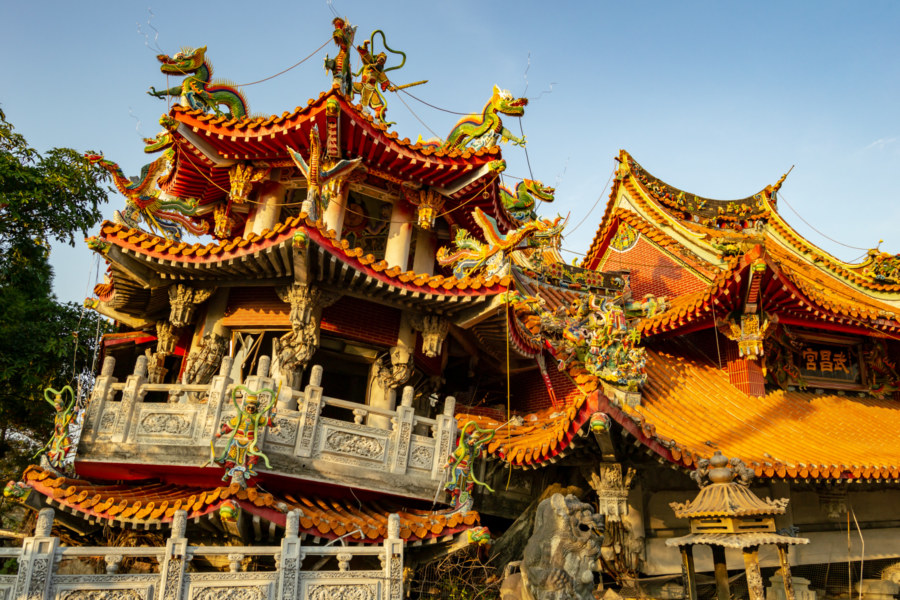
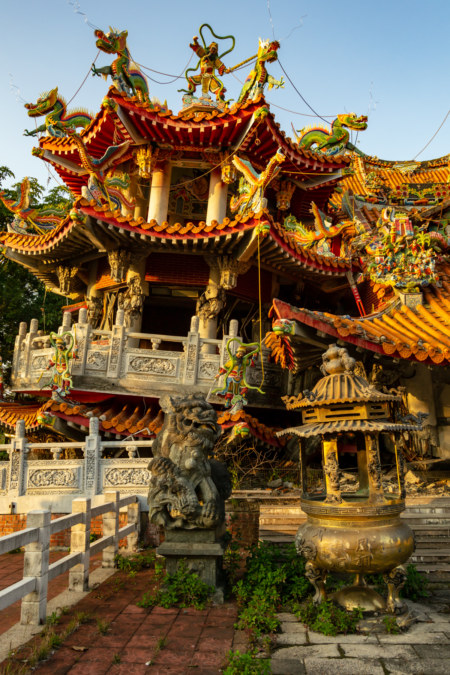
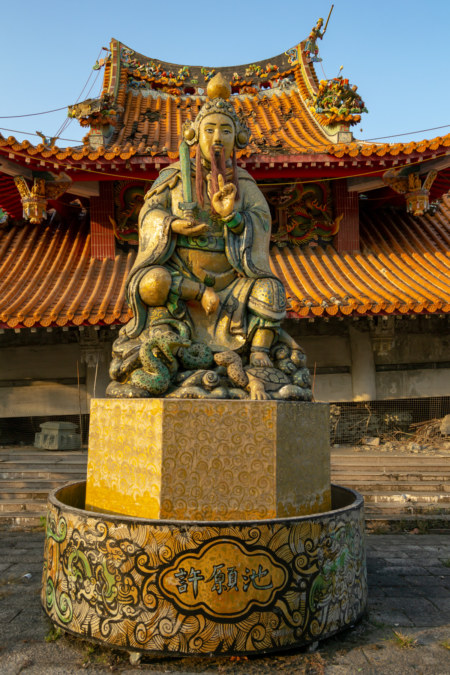
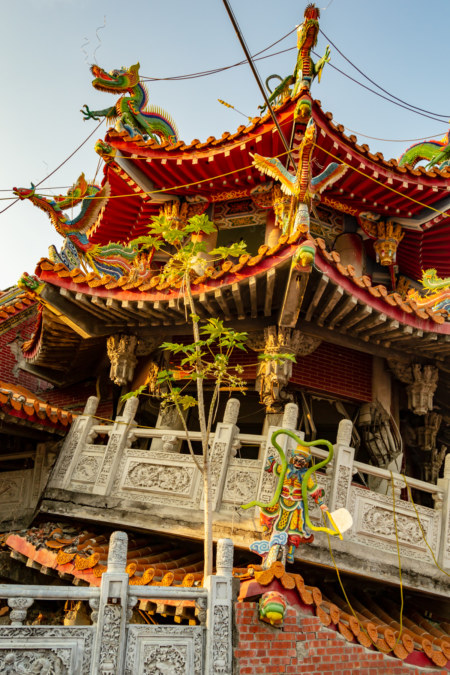
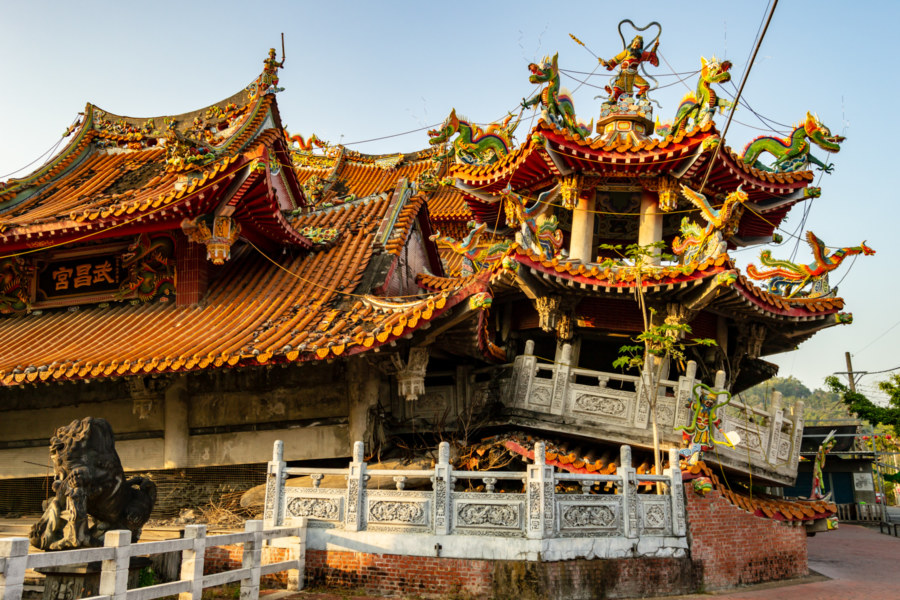
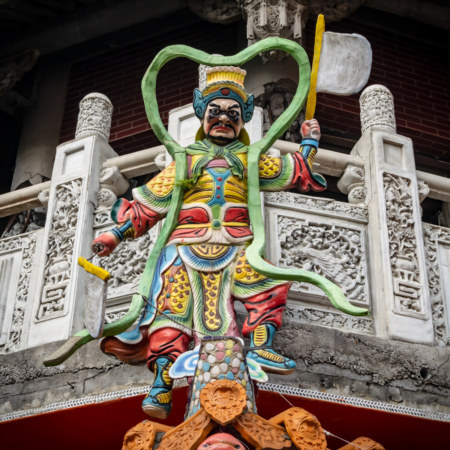
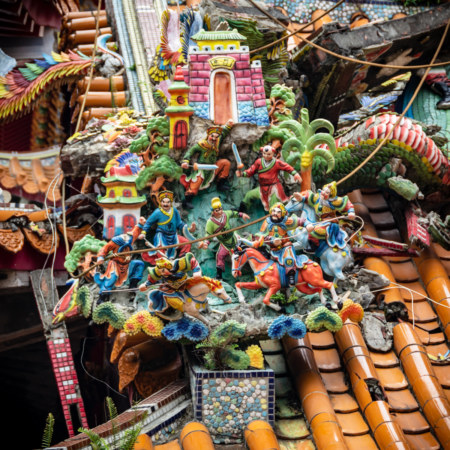
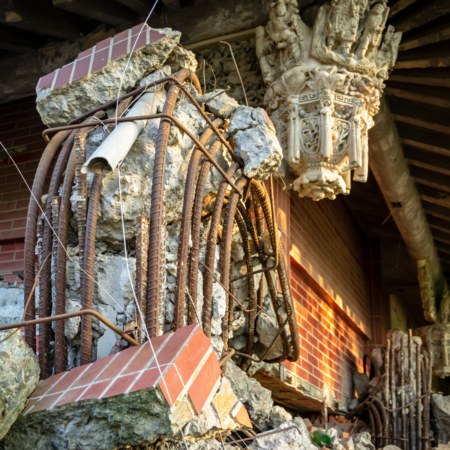
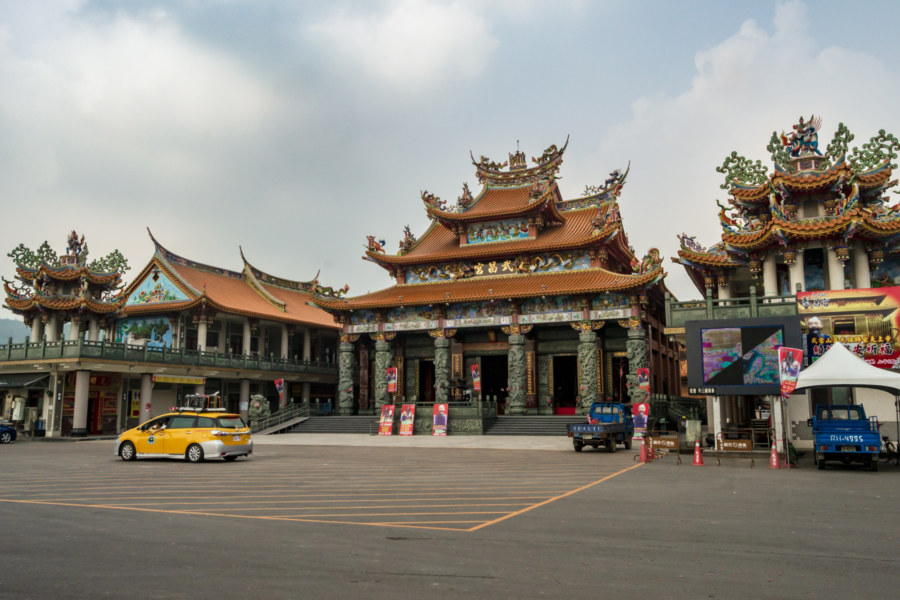
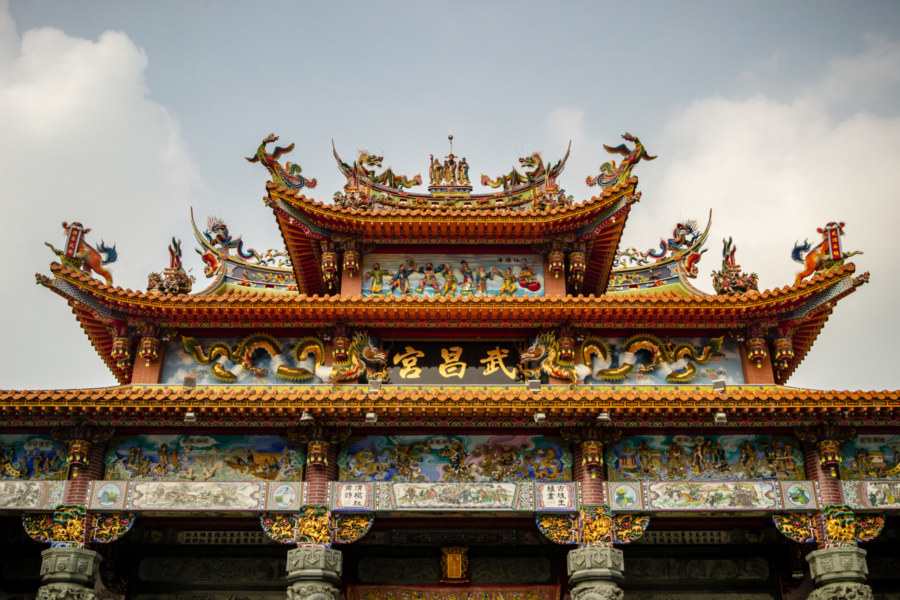
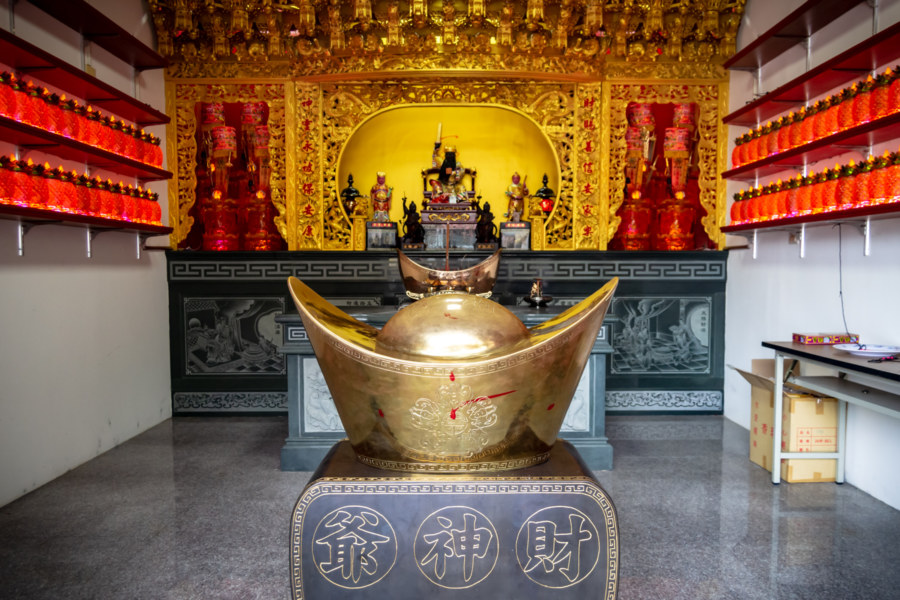
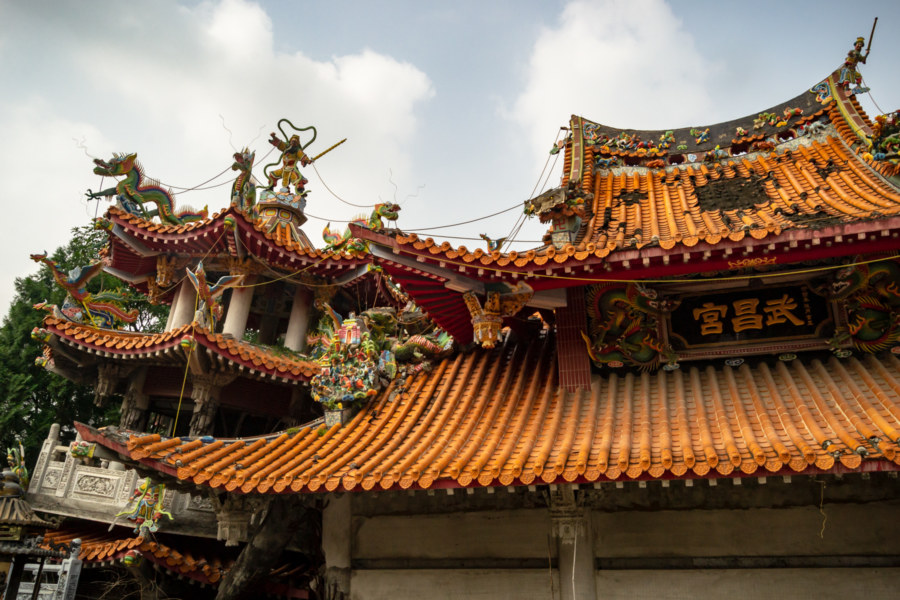
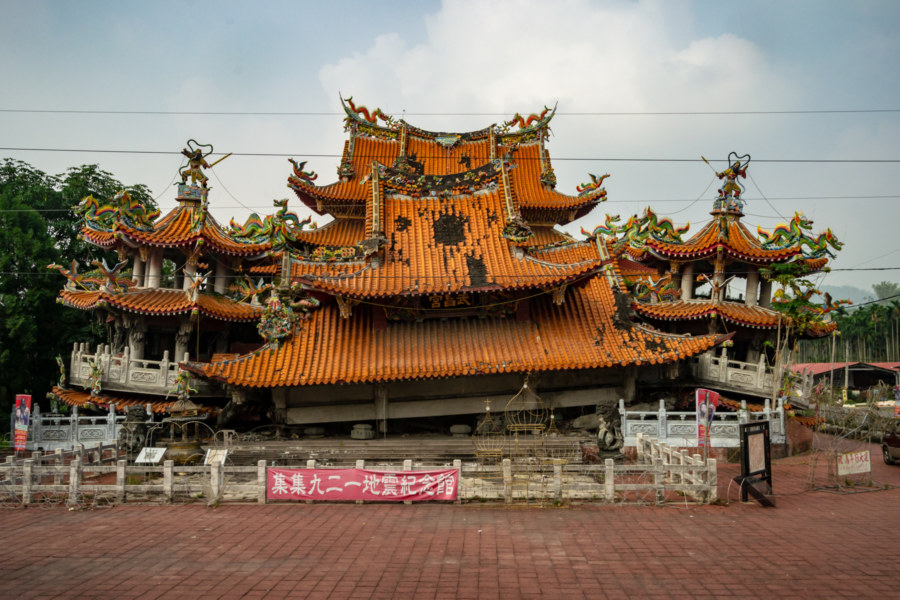
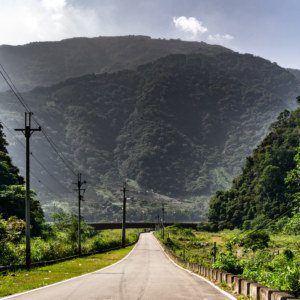
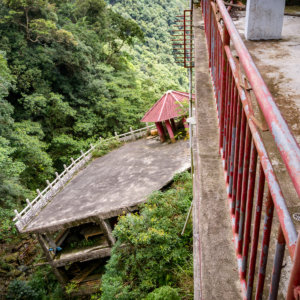
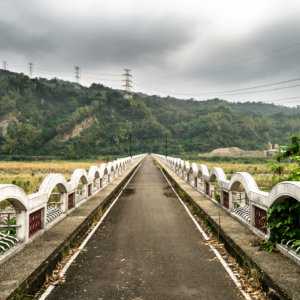
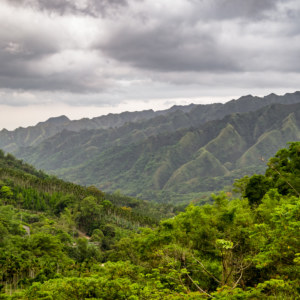
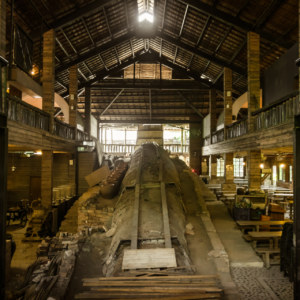
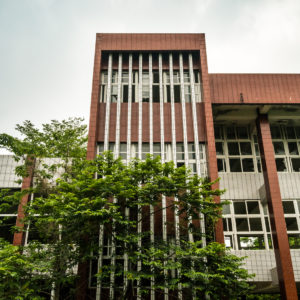
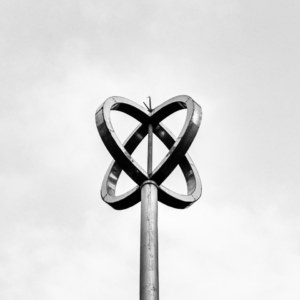
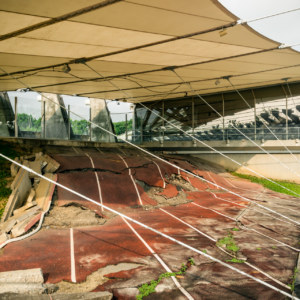
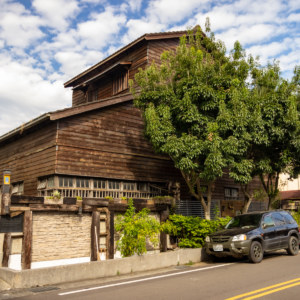
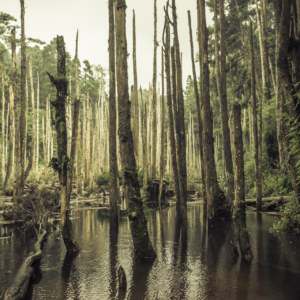
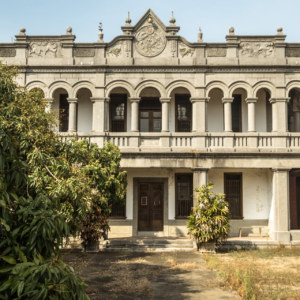
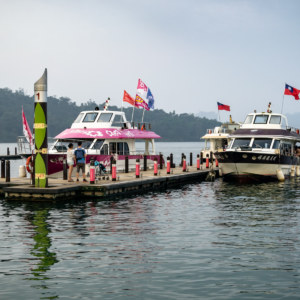
Is it possible to visit this and the Checheng wood warehouse in a single morning? How far are they from each other?
Yes, absolutely. Checheng is the next town over from Jiji and the old woodworking plant is walking distance from the train station. You can do it all on public transit if you start early.